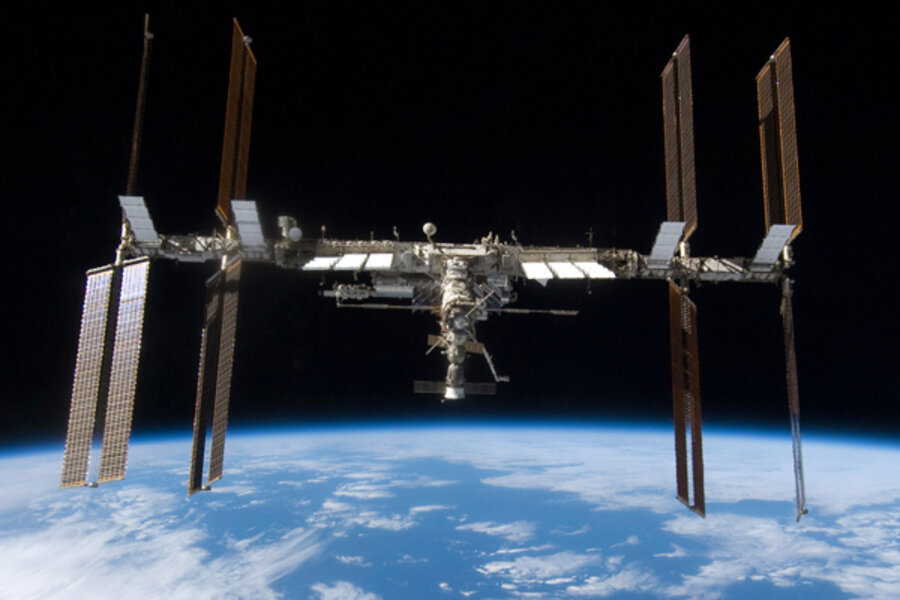NASA goes commercial in its quest for extra space taxis
Loading...
NASA is looking for more ways to get astronauts to the International Space Station. The space agency put out a call today for commercial space companies to submit bids as part of the latest round of the Commercial Crew Program, now called Commercial Crew Integrated Capability (CCICap). NASA plans to select at least two potential providers for “safe, reliable, and cost effective human access to space” and they expects to make multiple awards this summer, with values ranging from $300 – $500 million. Those winning the bids will need to develop an integrated system that includes both a crew vehicle and launch system, with work to be completed May 31, 2014.
NASA currently relies on Russian Soyuz vehicles to bring crews to the station, at a cost of $63 million per seat. The Soyuz has experienced unprecedented recent problems with both the Soyuz rocket and now a delay in the next two Soyuz flights to the ISS due to a leak of the capsule during testing.
NASA’s Commercial Crew Program manager Ed Mango spoke at a forum this morning, prior to NASA’s official CCICap announcement and said the hopes are that an initial crewed demonstration flight to low Earth orbit will take place in 2015-2016, with regular commercially operated flights to the ISS beginning around 2017.
The projected timing and funding all hinges on whether Congress approves NASA’s budget request; Legislators provided $406 million for Commercial Crew in 2012, less than half of what the agency requested.
“President Obama is working hard to create an American economy built to last,” NASA Administrator Charles Bolden said in a NASA press releases. “NASA’s support of commercial innovation to reach low Earth orbit is helping to support these efforts by spurring new technological development and creating jobs and economic benefits for years to come.”
The companies will also need to provide ground operations and mission control, and to meet certain milestones in the development in of a crewed orbital demonstration flight.
Current companies receiving funds from NASA for commercial crew are Boeing, Sierra Nevada, SpaceX, and Blue Origin. Companies have until March 23, 2012 to submit their proposals.
Sources: NASA, Space News
Nancy Atkinson is Universe Today's Senior Editor. She also is the host of the NASA Lunar Science Institute podcast and works with the Astronomy Cast and365 Days of Astronomy podcasts. Nancy is also a NASA/JPL Solar System Ambassador.
This story originally appeared in Universe Today.







